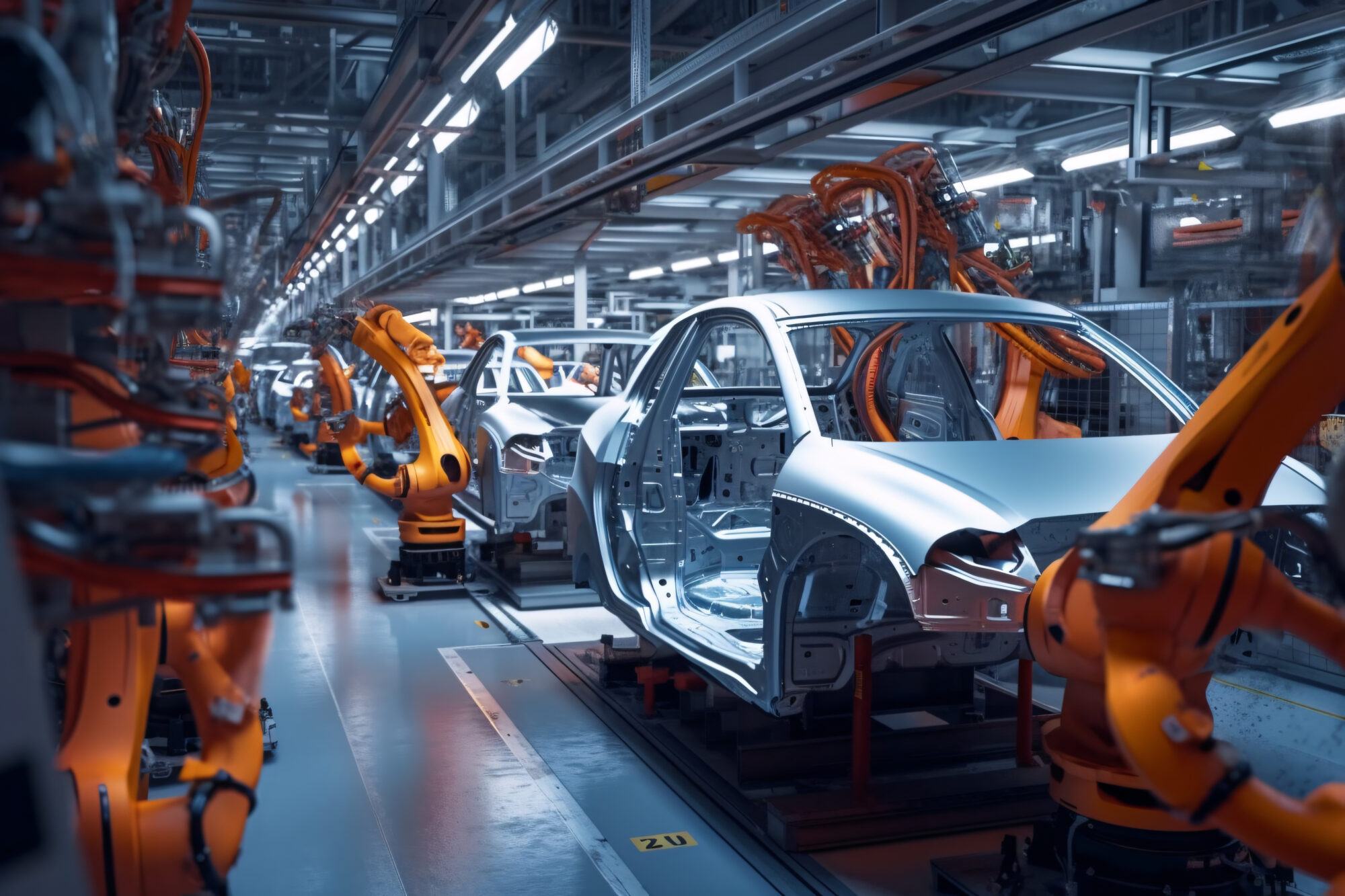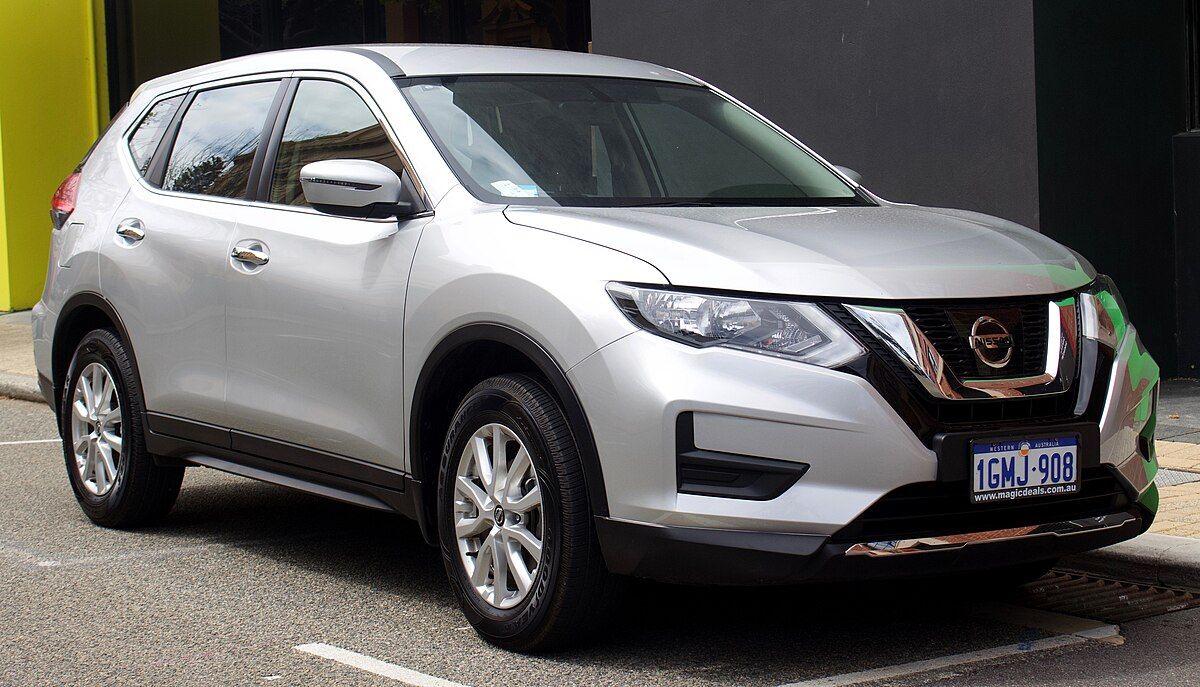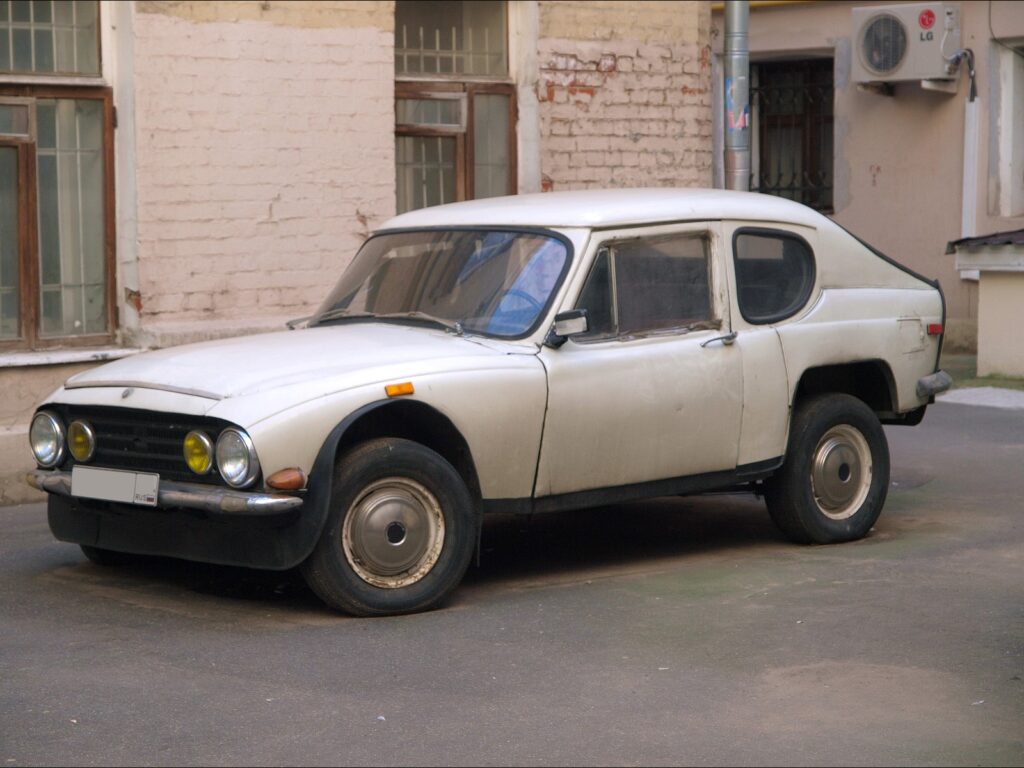
The classic muscle car market has, in recent decades, undergone a significant and fascinating transformation. What began as a distinct segment of the automotive industry, deeply rooted in American culture, now reflects not just economic conditions and shifts in consumer preferences, but also a profound re-evaluation of these iconic vehicles. For investors, restorers, and devoted fans alike, understanding these dynamic market forces is absolutely crucial.
This resurgence in popularity, marked by fluctuating values and evolving demographics among collectors, signals a vibrant, active landscape. The demand for available models, their condition, and their historical provenance are increasingly influencing prices, often driving them skyward for rare gems, while sometimes tempering interest in others. It’s a complex interplay that defines the classic muscle car as both a cherished collector’s item and a serious investment opportunity.
From economic stability to the accelerating pace of technological advancements, even the rise of electric vehicles, all these factors are collectively reshaping how we view classic muscle cars. They are more than just powerful machines; they are tangible pieces of history, cultural touchstones, and, for many, a thrilling connection to a bygone era. This article delves deeply into the core trends currently defining this unique market, offering vital insights to help stakeholders navigate its intricate, evolving landscape.

1. **The Enduring Appeal: What Defines the Classic Muscle Car?**Classic American muscle cars have undeniably transcended their origins as domestic performance icons to become globally coveted collector’s items. At their heart, these vehicles embody a unique blend of performance, style, and a deep-seated nostalgia that resonates across generations. Models like the Plymouth Hemi ‘Cuda and Dodge Charger, once symbols of raw power on American streets, now command six- and seven-figure prices at auctions worldwide, a testament to their enduring allure and scarcity.
Their appeal is largely rooted in their distinctive design and engineering. The very mention of big-block engines, such as the legendary 426 Hemi and 454 LS6, instantly conjures images of raw, unfiltered power. These engines weren’t just about speed; they were about a visceral driving experience, an unapologetic declaration of performance that has become synonymous with an entire era of automotive ingenuity. This unique blend of power and bold design sets muscle cars apart, giving them a timeless quality.
Beyond the mechanics, classic muscle cars carry an immense cultural legacy. They are more than mere machines; they embody the spirit of 1960s–1970s Americana, a period of bold innovation and unbridled freedom. This cultural resonance is profound, extending far beyond geographical borders and captivating enthusiasts across the globe. Owning a muscle car is, for many, owning a piece of that powerful cultural narrative, a connection to a specific time in history that continues to inspire and excite.
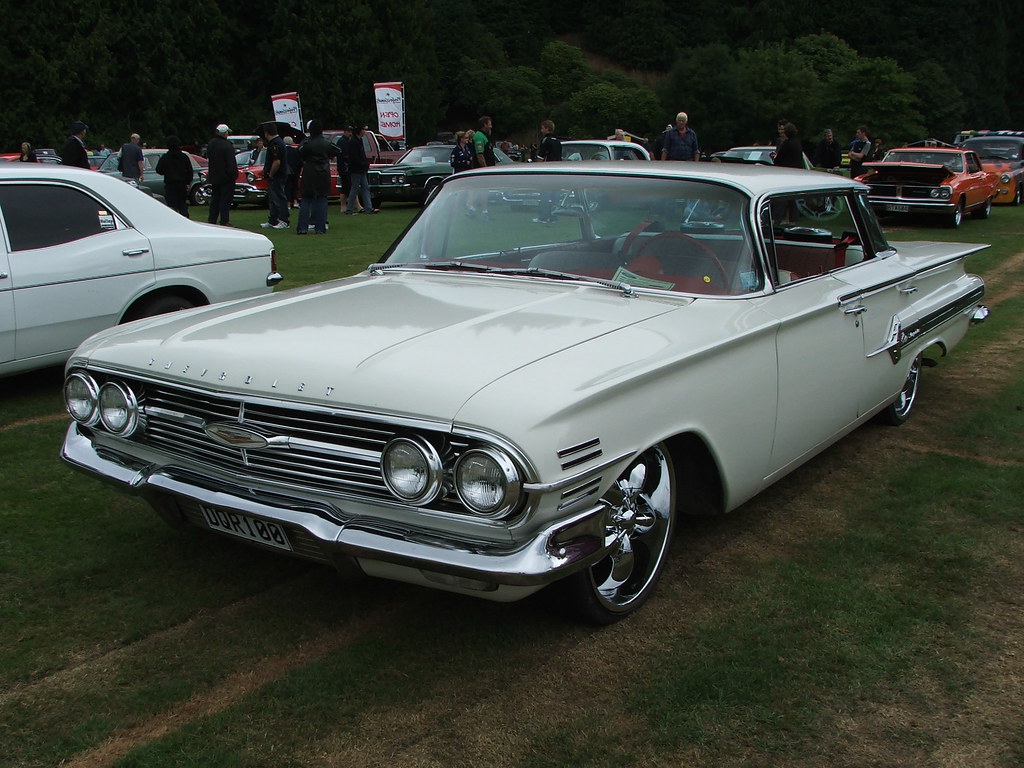
2. **Evaluating Price Influences: The Dynamics of Valuation**In the classic muscle car market, the journey from garage to auction block involves a complex web of factors that significantly influence pricing trends. For anyone involved – be it a seasoned collector, a shrewd investor, or an enthusiastic admirer – deciphering these influences is absolutely essential. A primary driver, of course, is the sheer demand for specific models; iconic vehicles like the Ford Mustang, Chevrolet Camaro, and Dodge Charger consistently command higher prices due to their legendary status and profound historical significance within the automotive world.
Another critical element shaping a car’s market value is its condition and, perhaps even more importantly, its originality. A classic muscle car that has been meticulously and fully restored, especially one boasting its original parts, factory documentation, and a comprehensive maintenance history, can fetch a substantial premium. Buyers in this segment often prioritize authenticity above all else, making these factors paramount in determining a vehicle’s true market worth and desirability.
The broader economic conditions also play a pivotal role, dictating the ebb and flow of valuations. During periods of economic prosperity and upturns, discretionary spending typically increases, naturally leading to higher valuations across the muscle car segment. Conversely, economic downturns can lead to reduced demand, causing prices to stabilize or even decrease. This cyclical relationship underscores how external economic forces fundamentally shape the pricing landscape of these cherished automobiles.
Rarity acts as yet another powerful catalyst for price acceleration. Models produced in extremely limited numbers, or those featuring unique specifications such as special colors, specific engine types, or exclusive performance packages, are exceptionally sought after. Collectors are frequently willing to pay a significant premium for these scarce vehicles, elevating their market standing and solidifying their status as highly desirable assets within the enthusiast community.
Finally, the ubiquitous influence of social media and various online platforms cannot be understated in today’s market. Thriving online communities dedicated to classic muscle cars actively foster interest and engagement, directly impacting both demand and pricing trends. The rise of online auctions and sales platforms has also democratized access, intensifying competition among potential buyers and, as a result, often driving up sale prices for these coveted machines. These digital arenas are increasingly becoming crucial battlegrounds for acquiring the next prized classic.

3. **The Generational Divide: Who’s Driving Muscle Car Sales Today?**The muscle car market’s impressive resurgence in recent years is a phenomenon driven by a fascinating mix of demographic segments, each bringing their own motivations to the purchasing patterns. One of the largest and most foundational groups consists of baby boomers, those who came of age during the muscle car’s original heyday in the 1960s and 1970s. For this generation, buying a classic muscle car is often a journey back in time, a tangible way to relive their youth and connect with defining symbols of their formative years, leading to a consistent demand for era-specific models.
Surprisingly, another significant demographic now making a considerable impact on muscle car sales is millennials. While this generation wasn’t present for the initial boom of these vehicles, their burgeoning interest in retro designs, coupled with an appreciation for high-performance automobiles, has created an unexpected market force. Factors such as the pervasive influence of social media, the growth of dedicated car culture communities, and a genuine appreciation for vintage aesthetics have fostered a deep and growing connection with muscle cars among these younger buyers, showcasing a cross-generational appeal.
Historically, the male demographic has predominantly driven the muscle car market, with existing studies indicating that approximately 70% of purchasers are men aged between 30 and 55. However, a noteworthy and exciting trend towards greater inclusivity is emerging. An increasing number of women are actively entering this market, drawn by powerful narratives of empowerment and, crucially, by the sheer performance capabilities and iconic presence that muscle vehicles offer, expanding the traditional buyer profile.
Crucially, the broader muscle car enthusiast community plays an indispensable role in stimulating purchases and sustaining interest. Passionate fans frequently seek out online forums, participate in local and national events, and actively celebrate muscle car culture, leading to a tighter-knit community that enthusiastically exchanges vital information on buying, restoring, and cherishing these vehicles. This deeply engaged demographic exhibits loyalty not only to specific car brands but also to the rich lifestyle intrinsically associated with owning a muscle car.
Geographical factors also contribute significantly to sales concentrations. Regions with a rich automotive heritage, such as Detroit and Southern California, consistently report higher volumes of muscle car transactions. The vibrant local car shows, casual meetups, and organized classic car events in these areas actively contribute to community engagement, further fueling demand. Furthermore, economic factors are at play; regions characterized by higher disposable incomes tend to possess a more active and robust market for these prized automotive relics.
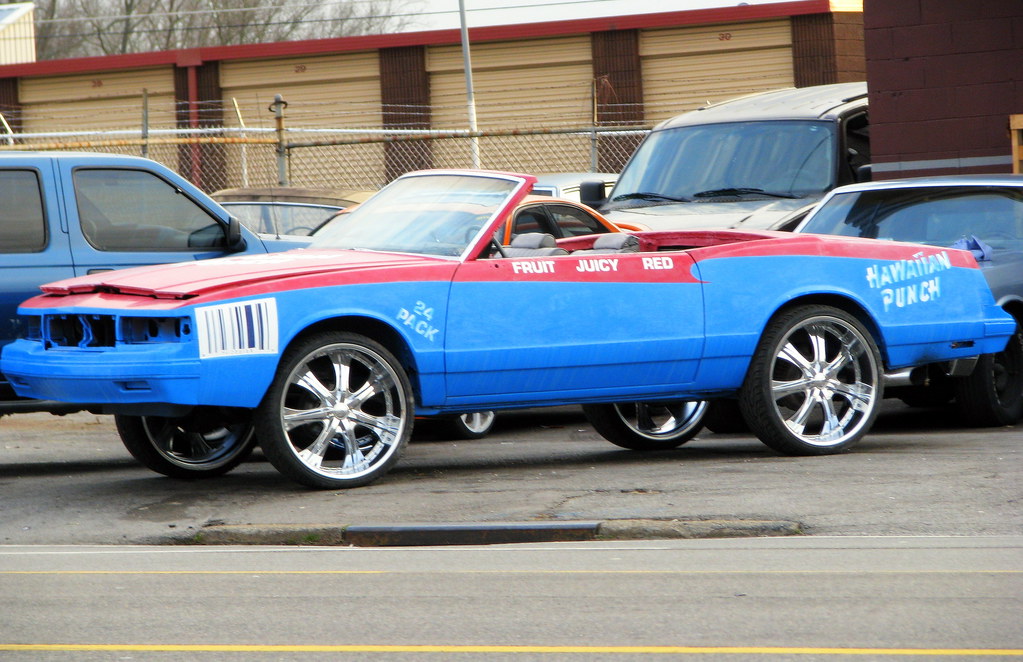
4. **Beyond Restoration: Blending Authenticity with Modern Innovation**The classic muscle car market has truly undergone a significant revival in recent years, and at the heart of this resurgence are the evolving restoration trends that skillfully balance historical preservation with modern advancements. One of the most prominent and respected trends is the growing preference for absolute authenticity. Here, restorers dedicate themselves to prioritizing original parts and specifications in their projects, ensuring that each vehicle remains as true as possible to its historical roots, thereby enhancing its intrinsic historical value.
Simultaneously, the restoration community is embracing the rise of modern technologies in their intricate processes. Enthusiasts are increasingly incorporating advanced techniques, such as sophisticated 3D printing and precise computer-aided design (CAD), to meticulously reproduce components that are notoriously hard to find or no longer manufactured. This seamless technological integration not only elevates the quality and accuracy of restorations but also significantly reduces lead times and mitigates the often-prohibitive costs associated with sourcing exceptionally rare parts.
Furthermore, an increasing awareness of sustainability has become a vital concern within the restoration community. Progressive restorers are actively exploring and adopting eco-friendly practices, including the use of sustainable materials and environmentally conscious coatings. This forward-thinking shift aligns perfectly with broader market trends towards greater environmental responsibility, effectively appealing to a new generation of car aficionados who deeply value green initiatives and ethical practices in their passion pursuits.
While some purists steadfastly argue against any alteration to original specifications, there’s a burgeoning interest in modifying classic muscle cars for dramatically improved performance. The market for these performance upgrades is thriving, showcasing a pragmatic evolution within the hobby. Restorers are increasingly integrating powerful modern engines and advanced suspension systems, ingeniously bridging the gap between classic aesthetics and the exhilarating demands of contemporary performance, offering the best of both worlds.
The emergence and widespread adoption of digital platforms have also profoundly transformed the entire restoration landscape. Online forums, specialized communities, and various social media channels now empower enthusiasts to effortlessly share their projects, seek expert advice from peers, and source elusive parts more efficiently than ever before. This unprecedented connectivity fosters a powerful sense of global community, actively encouraging collaborative efforts and the widespread sharing of best practices among enthusiasts worldwide, enriching the entire restoration ecosystem.

5. **Record Breakers: Iconic Muscle Cars Commanding Top Dollar**The allure of classic American muscle cars at auction continues to captivate, with several iconic models consistently shattering records and commanding astonishing prices. These vehicles are not merely cars; they are benchmarks of automotive history and, for many, the pinnacle of collecting. The Plymouth Hemi ‘Cuda, for instance, stands as a formidable million-dollar benchmark, particularly its rarest variants. Recent auctions have seen the highly coveted 1971 Hemi ‘Cuda Convertible fetch prices in the range of $360,000 to $450,000, with final figures heavily contingent on its pristine condition and verified originality, underscoring its immense value.
The 1970 Hemi ‘Cuda coupe also holds significant prestige; a notable example sold for $302,500 at the Barrett-Jackson Scottsdale auction in January 2025, demonstrating strong and consistent market demand for these powerful machines. Even more astonishing is the projected value of a true rarity: the 1968 B029 Hemi Barracuda prototype, a drag racing legend, which is set to auction at an estimated $1.8–$2.2 million at Mecum Indy in 2025, highlighting the extreme premiums commanded by truly unique and historically significant prototypes.
Another aerodynamic icon, the Dodge Charger Daytona, continues to draw fervent collector interest. The 1970 model, limited to just 503 units ever built, now sees Hemi-equipped examples valued at over $400,000. Its cultural impact, amplified by prominent features in blockbuster films like ‘Fast & Furious’ and ‘Bullitt,’ has only served to elevate its legendary status and solidify its place as a highly sought-after collector’s piece, proving that cinematic exposure can dramatically influence market desirability.
The Chevrolet Camaro ZL1 and Ford Mustang Boss 302 also stand as pillars of auction success. The exceedingly rare 1969 Camaro ZL1, with only 69 units ever produced, famously sold for an astounding $1.1 million in 2024 at Barrett-Jackson, illustrating the incredible value placed on extreme scarcity coupled with raw performance. Meanwhile, the 1970 Mustang Boss 302 has seen its prices surge by an impressive 40% since 2020, with beautifully restored models now averaging around $150,000, indicating robust and sustained appreciation.
These auction highlights underscore a clear trend: the market for exceptionally rare, well-documented, and culturally impactful muscle cars is not just robust but actively growing. Collectors are increasingly willing to pay top dollar for vehicles that offer a unique combination of performance heritage, limited production, and undeniable cool factor. Each record-breaking sale reinforces the notion that these machines are more than just cars; they are significant cultural artifacts and formidable investments.
Car Model Information: 2024 Buick Enclave Premium FWD
Caption: 1970 Hardtop Coupe
Name: Plymouth Barracuda
Manufacturer: Plymouth (automobile)
Production: 1964–1974
Assembly: Fenton, Missouri,Hamtramck, Michigan,Maywood, California,Windsor, Ontario
Layout: Front-engine, rear-wheel drive layout
Class: Pony car
Categories: 1970s cars, All articles with dead external links, All articles with unsourced statements, Articles with dead external links from February 2018, Articles with dead external links from January 2022
Summary: The Plymouth Barracuda is a two-door pony car that was manufactured by Chrysler Corporation from 1964 through 1974 model years.
The first-generation Barracuda was based on the Chrysler A-body and was offered from 1964 until 1966. A two-door hardtop (no B-pillar) fastback design, it shared a great majority of parts and bodywork with the Plymouth Valiant, except for the distinctive wraparound rear glass.
The second-generation Barracuda, though still Valiant-based, was heavily redesigned. Built from 1967 through 1969, it was available as a two-door in fastback, notchback, and convertible versions.
The third generation, offered from 1970 until 1974, was based on the Chrysler E-body, exclusive to it, and the slightly larger Dodge Challenger. A completely new design, the two-door Barracuda was available in hardtop and convertible body styles.
Get more information about: Plymouth Barracuda
Buying a high-performing used car >>>
Brand: Plymouth Model: Hemi ‘Cuda
Price: $29,997 Mileage: 37,001 mi.
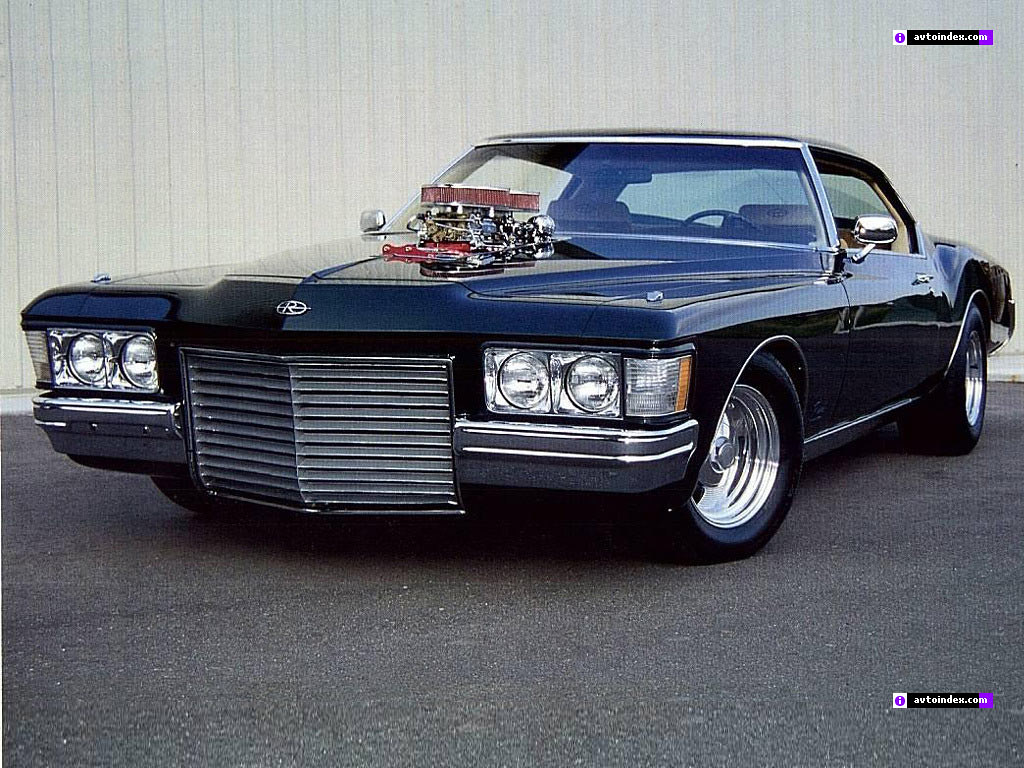
6. **Investment Powerhouse: Muscle Cars Outperforming Traditional Assets**For discerning investors, classic muscle cars have transitioned from being mere passion projects to becoming serious, high-performing investment vehicles, often outperforming more traditional assets. The past few years have clearly demonstrated that these automotive legends offer a compelling alternative for portfolio diversification, appealing to those who appreciate both tangible assets and robust financial returns. The data strongly supports this claim, illustrating significant appreciation rates that catch the eye of seasoned financial strategists and new investors alike.
When we look at specific examples, the investment potential becomes strikingly clear. A 1971 Hemi ‘Cuda Convertible, valued at $2.5 million in 2020, soared to $4.2 million by 2025, representing an astonishing 68% appreciation. Similarly, a 1969 Camaro Z/28, priced at $75,000 in 2020, rocketed to $250,000 by 2025, showcasing an incredible 233% increase in value. This data, sourced from reputable guides like the Hagerty Price Guide and SEMA Market Research, is hard to ignore.
This robust performance isn’t just confined to a few outliers; according to the Hagerty Price Guide, certain muscle car models have seen an appreciation of over 300% in the last decade alone. This level of growth is particularly appealing in an investment landscape where traditional stocks or bonds may offer more modest gains. The intrinsic value of rarity, historical significance, and the sheer cultural impact of these vehicles contribute significantly to their investment appeal.
Moreover, the current automotive landscape, increasingly dominated by electric vehicles and a focus on fuel efficiency, inadvertently enhances the investment allure of classic muscle cars. This shift creates a stark contrast, making the raw power and distinctive character of these vintage machines even more desirable. This sense of impending scarcity, as fewer pristine examples remain, drives up demand and, consequently, their market value.
Experts consistently advise potential investors to engage in thorough research, focusing on critical factors such as a vehicle’s condition, its rarity, and its verifiable provenance before making any purchase. While investing in classic cars does carry its own set of risks, careful selection and an informed approach can yield substantial and gratifying returns. The market’s current trajectory suggests that these iconic vehicles will continue to be a powerful and exciting investment opportunity for years to come.
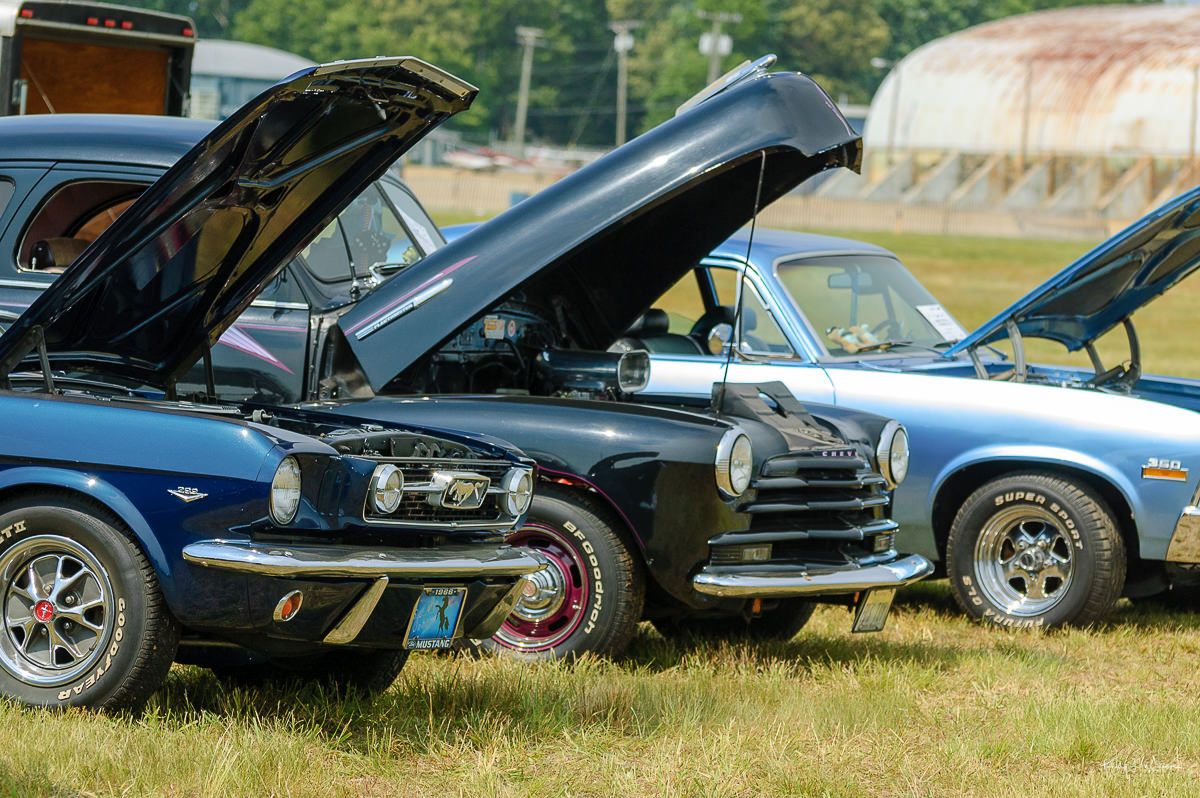
7. **Cultural Nostalgia and Media Influence: Rekindling the American Dream**Beyond their roaring engines and sleek designs, classic muscle cars embody a potent cultural force that continues to resonate deeply with enthusiasts across generations. These vehicles are far more than just powerful machines; they are tangible symbols of a bygone era, representing a unique blend of freedom, innovation, and American identity. This profound cultural resonance is a primary driver behind their sustained popularity and growing appeal, transcending mere automotive appreciation to touch upon collective memory and aspiration.
Media, in its various forms, has played an indispensable role in immortalizing muscle car culture and keeping it firmly in the public consciousness. Blockbuster films such as ‘Fast & Furious’ and ‘Gone in 60 Seconds’ have expertly romanticized the raw power, distinctive style, and adventurous spirit associated with these automobiles. By consistently portraying muscle cars as symbols of rebellion, speed, and cool, these cinematic narratives have created a sustained and vibrant interest in ownership, captivating new audiences and reinforcing the passion of long-time devotees.
The generational shift within collector markets further underscores the enduring power of cultural nostalgia. While baby boomers often seek to relive their youth through the purchase of era-specific models that defined their formative years, millennials and Gen Xers are now increasingly dominating the collector landscape. These younger generations are drawn to the retro designs, high-performance capabilities, and the inherent cool factor of classic muscle cars, often connecting with them through car culture communities and a genuine appreciation for vintage aesthetics. This cross-generational appeal ensures that the muscle car narrative continues to evolve and thrive.
Indeed, the persistent cultural impact of muscle cars, amplified by their pervasive presence in films, music, and various popular media, has firmly kept them in the public eye. This constant visibility actively sustains interest in ownership, transforming these vehicles into cherished cultural artifacts that connect individuals to a specific and powerful time in history. Owning a muscle car is, for many, an emotional and symbolic investment in a captivating piece of Americana that continues to inspire and excite.
Read more about: The Roaring Comeback: Why Classic Muscle Cars Are Surging Again in 2025, Unpacking the Enduring Craze with Expert Insights
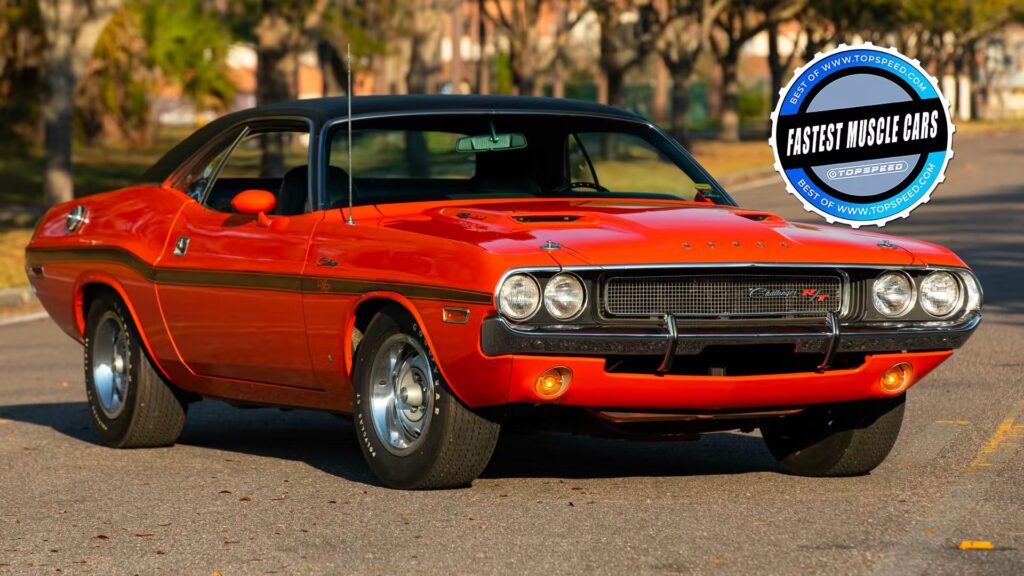
8. **Driving Forces Behind Global Demand: Key Markets and Their Allure**The resurgence of classic American muscle cars is not merely a domestic phenomenon; it is a global one, driven by an ever-expanding international appetite for these automotive legends. Current market trends for 2025 clearly indicate a growing global demand, underscoring their transition from domestic performance icons to globally coveted collector’s items. This expanding reach is fuelled by a combination of investment potential, cultural fascination, and increasingly accessible international trade routes, making global markets vital for the industry’s continued growth.
Germany stands out as a significant market for classic muscle cars, largely due to compelling tax advantages that make importing these vehicles highly attractive. The ’30-Year Rule’ allows for 0% import duty and only 7% VAT for models manufactured before 1995, translating into substantial savings. For instance, on a €30,000 import, collectors can save over €7,300 through reduced VAT and duty exemptions. Popular models in Germany include the 1969 Chevrolet Camaro Z/28 and the 1970 Dodge Charger R/T, reflecting a discerning taste for powerful and historically significant vehicles.
The Middle East, particularly luxury hubs like Dubai and Abu Dhabi, also exhibits a fervent interest in rare muscle cars. Collectors in these regions often favor highly sought-after models such as the 1970 Plymouth ‘Cuda, valuing their exclusivity and raw power. For collectors shipping to these desert climates, specialized handling, such as using enclosed containers, is recommended to protect these valuable assets from environmental extremes and ensure their pristine condition upon arrival.
In the Netherlands, another European market, the ’30-Year Rule’ similarly facilitates the import of pre-1995 muscle cars with a reduced VAT rate of 9% compared to the standard 21%. This makes models like the Ford Mustang SVT Cobra and the Chevrolet Corvette C3 popular imports. Such regulatory incentives across various nations highlight how strategic policy can directly influence and stimulate the international market for classic vehicles.
Finally, Australia presents a unique demand for right-hand-drive muscle cars. Due to this specific market preference, modified U.S. classics that have undergone the conversion can fetch premiums ranging from 20–30%. This demonstrates how local market preferences and modification trends contribute significantly to the global valuation and desirability of these American icons, expanding their reach and ensuring their continued relevance on a worldwide stage.
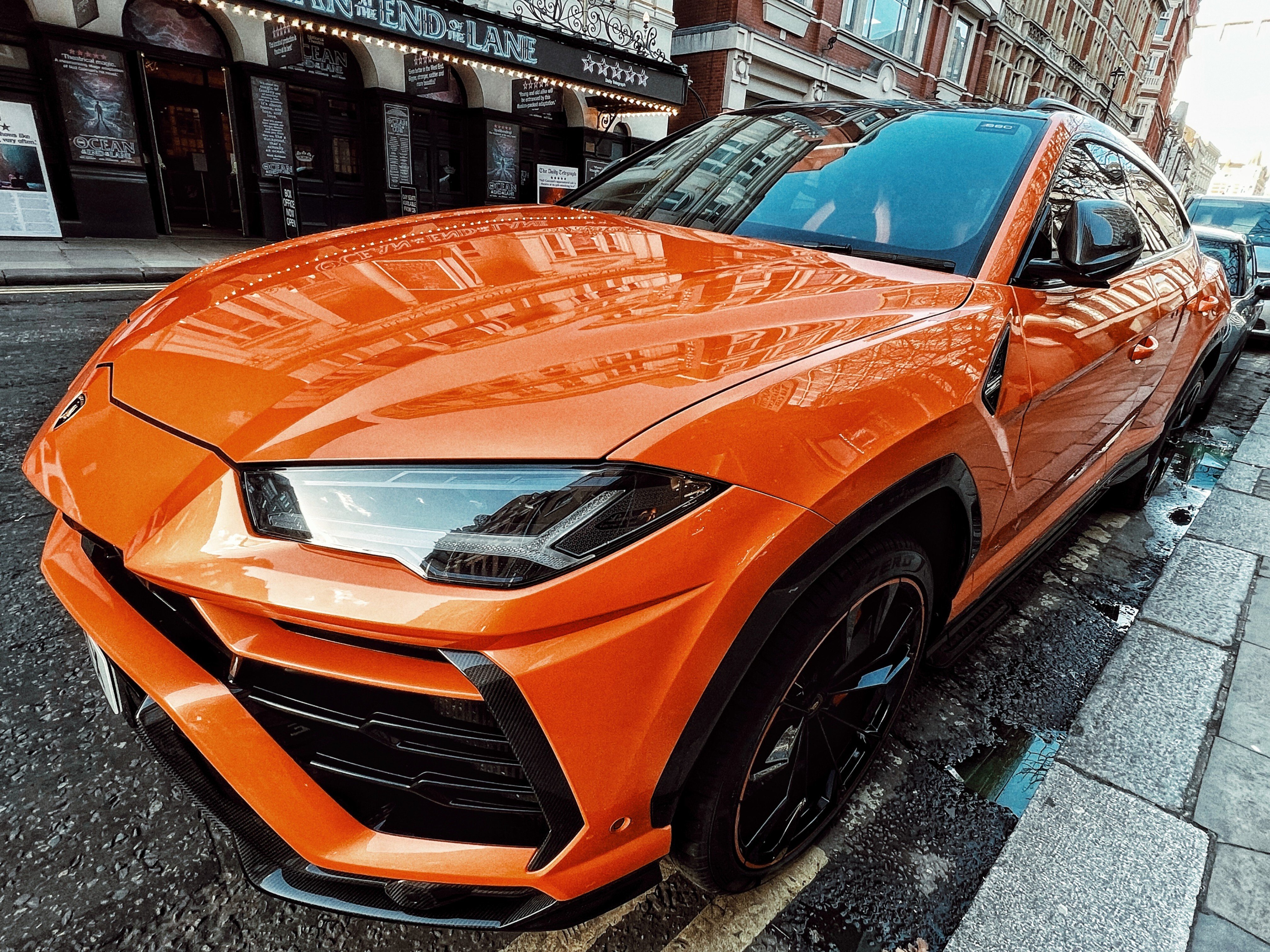
9. **Strategic Acquisition and Compliance for Muscle Car Ownership**Navigating the classic muscle car market, especially for high-value or internationally acquired vehicles, requires a strategic and informed approach. For enthusiasts and investors looking to expand their collection, understanding effective sourcing methods and ensuring strict compliance with documentation and shipping regulations is absolutely paramount. A well-executed acquisition strategy can mitigate risks, streamline the purchasing process, and ultimately secure a prized automotive legend for years to come.
Sourcing strategies are diverse and cater to different buyer profiles. Renowned auction houses such as Mecum, Barrett-Jackson, and RM Sotheby’s offer curated selections of top-tier classics, providing transparent bidding environments and authenticated provenance. For those preferring a more direct approach, private sales facilitated through specialized forums like Hemmings or ClassicCars.com allow for direct negotiation and deeper insight into a vehicle’s history. Additionally, the market for ‘Restomods’ – professionally modified classic cars that blend vintage aesthetics with modern reliability and performance – is thriving, offering a compelling option for those seeking the best of both worlds.
Crucial to any acquisition is meticulous compliance and documentation. Buyers must perform thorough title verification, ensuring that the Vehicle Identification Numbers (VINs) match precisely and that the original engine and transmission are present if authenticity is a priority. Furthermore, understanding age-based emission exemptions is vital, as these rules can allow classic vehicles to bypass stringent modern environmental standards, simplifying the ownership process, especially for international imports.
For international transactions, secure shipping is an indispensable component of the acquisition process. Collectors have several container options, including ‘Dedicated’ containers, which are ideal for high-value cars like a Hemi ‘Cuda, offering maximum protection and isolation. Alternatively, ‘Consolidated’ shipping provides a cost-effective solution for transporting multiple vehicles. Partnering with experienced customs brokerage experts is highly recommended to expertly navigate complex duties, taxes, and import regulations, ensuring a smooth and compliant delivery.
A compelling case study highlights the financial benefits of such strategic planning: a 1970 Dodge Charger R/T shipped from Texas to Germany successfully leveraged the ’30-year rule,’ resulting in a remarkable saving of $12,000. This example vividly demonstrates how informed decisions regarding sourcing, compliance, and shipping can translate into significant financial advantages, making international muscle car ownership not just a passion project, but a financially savvy endeavor.
Read more about: The AdTech Wreckage: Marin Software’s Wild Ride From Industry Pioneer to Bankruptcy Showdown
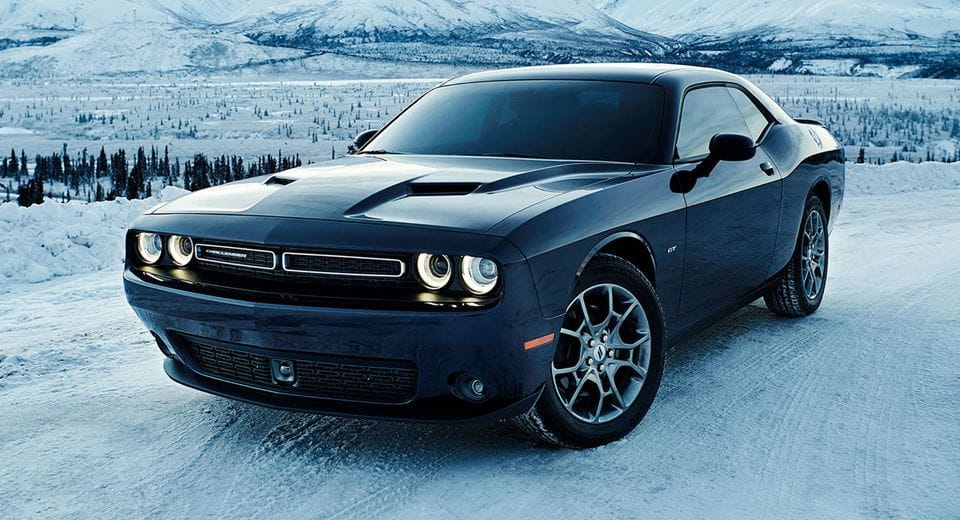
10. **Regulatory Frameworks Fueling International Muscle Car Trade**The global trade in classic muscle cars is significantly bolstered by specific regulatory incentives that make cross-border acquisitions financially attractive and legally streamlined. These frameworks are designed to encourage the import and export of vintage vehicles, recognizing their cultural and historical significance while also stimulating economic activity within the collector car market. Understanding these rules is crucial for both buyers and sellers operating on an international scale.
Germany’s ’30-Year Rule’ stands as a prime example of such a powerful incentive. This regulation stipulates that vehicles manufactured before 1995, which have reached at least 30 years of age, qualify for a substantial reduction in import duties and taxes. Specifically, these classic cars are subject to 0% import duty and a significantly reduced 7% Value Added Tax (VAT), a stark contrast to the standard rates for newer vehicles. This policy offers considerable tax advantages, potentially saving collectors thousands of Euros on a single import, directly encouraging the flow of American muscle into the German market.
Similarly, within the United States, the ’25-Year Exemption’ plays a pivotal role in facilitating the import of classic vehicles. This federal regulation allows for the tariff-free import of automobiles that are at least 25 years old, effectively bypassing many of the modern safety and emissions standards that would otherwise apply to newer cars. This exemption simplifies the process for American enthusiasts wishing to bring foreign classics into the country and, reciprocally, makes it easier for international buyers to acquire American muscle cars for eventual export, thereby boosting global trade in both directions.
These strategic regulatory policies actively boost global trade by removing significant financial and logistical barriers. They transform what might otherwise be prohibitively expensive or complicated international transactions into viable and attractive opportunities for collectors. By acknowledging the unique status of classic automobiles, these frameworks foster a vibrant international market, ensuring that iconic American muscle cars can continue to find new homes and appreciative owners across continents, preserving their legacy for generations to come.
Read more about: The Roaring Comeback: Why Classic Muscle Cars Are Surging Again in 2025, Unpacking the Enduring Craze with Expert Insights
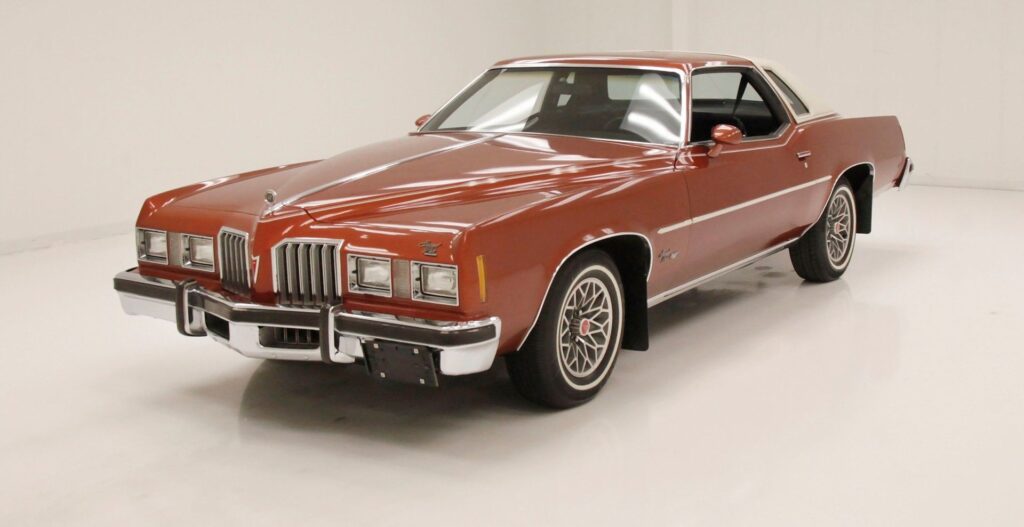
11. **Historical Price Trends: Decoding Market Fluctuations**To truly grasp the dynamics of the classic muscle car market, one must delve into its historical price trends, which tell a compelling story of resilience, shifting interests, and economic impacts. Over the past decade, the market has experienced significant fluctuations in pricing, influenced by a complex interplay of various historical, economic, and cultural factors. Analyzing this historical price data by model and year provides invaluable insights for both seasoned collectors and new investors, helping them understand what drives value in this specialized automotive sector.
Different classic models, such as the Ford Mustang, Chevrolet Camaro, and Dodge Challenger, have exhibited distinct trajectories in their market values. Historical data clearly indicates that early models of these cars, particularly those from the late 1960s and early 1970s, have seen considerable appreciation, especially within the highly competitive collector’s market. Price trends often illustrate noticeable spikes that coincide with significant anniversaries or major automotive events, powerfully highlighting the profound impact of nostalgia on their intrinsic ownership value.
Rarity and special editions play an exceptionally critical role in price retention and appreciation. Limited edition releases and specific performance variants, due to their inherently scarce nature, consistently command higher prices compared to their more mass-produced counterparts. While mainstream models might experience greater volatility, detailed analyses of price data reveal a marked increase in the values of these rare editions, reinforcing the premium placed on exclusivity and unique specifications within the collector community.
Broader economic conditions have also profoundly affected muscle car pricing. For instance, the Great Recession led to a significant dip in valuations, as discretionary spending tightened. However, a robust resurgence of interest in classic cars over the past few years has propelled prices to not only recover but also demonstrate impressive growth. This cyclical relationship underscores how external economic forces fundamentally shape the pricing landscape, directly correlating with periods of prosperity and downturn.
Ultimately, deciphering the factors influencing muscle car value changes requires considering historical significance, sustained market demand, a vehicle’s condition and verifiable provenance, and overarching economic conditions. Even the influence of popular media, including iconic movies and television shows featuring classic muscle cars, can ignite renewed interest and drive prices higher, often reflected in visible spikes on pricing graphs following such cultural releases. These intertwined elements collectively sculpt the complex and fascinating pricing landscape of classic muscle cars.
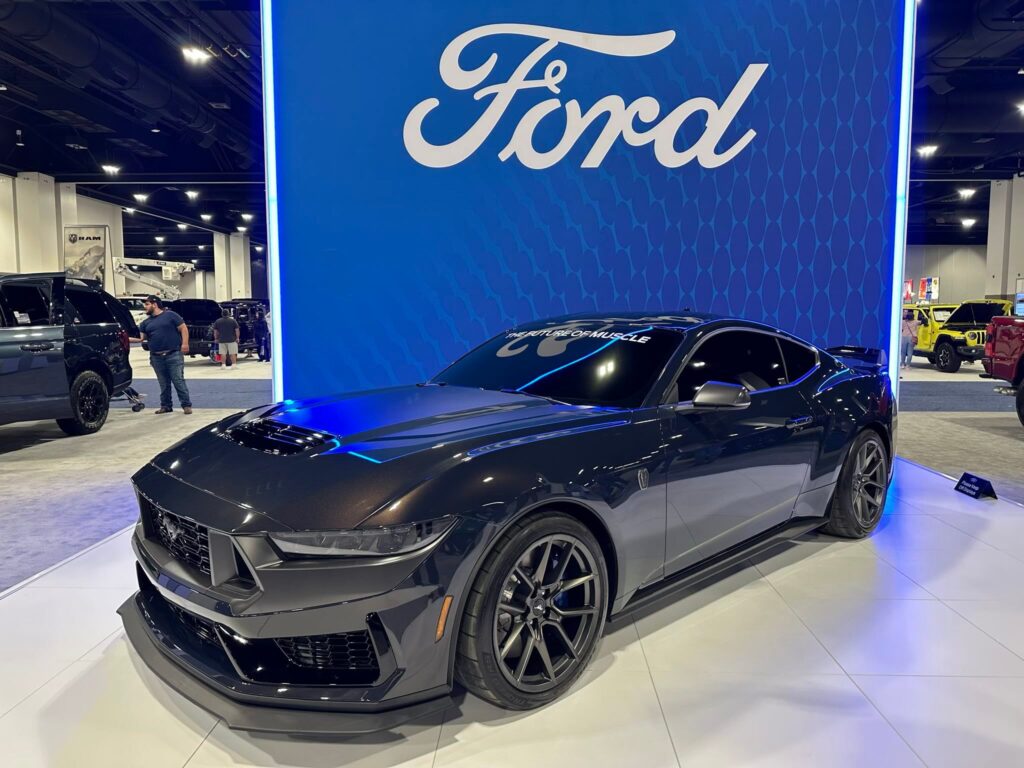
12. **Future Outlook: Challenges and Opportunities in the Muscle Car Market**The vibrant classic muscle car market, while experiencing an undeniable resurgence, is not without its future challenges, even as it presents compelling opportunities for growth and investment. Navigating this evolving landscape requires a keen understanding of both the potential headwinds and the continuing tailwinds that will shape its trajectory in the coming years. For stakeholders, staying informed about these dynamics is paramount to making strategic decisions.
One significant challenge stems directly from the market’s success: increasing prices. While a boon for existing owners, escalating valuations can create substantial barriers for new collectors, potentially pricing out enthusiasts who are eager to enter the market. Furthermore, the costs associated with meticulously restoring and maintaining these complex, often rare vehicles can add up quickly, demanding significant time and financial investment from their owners. Additionally, the ever-present potential for broader economic downturns could impact discretionary spending on luxury items, including cherished classic cars, leading to a stabilization or even reduction in market values.
Despite these challenges, the opportunities within the muscle car market remain compelling. The global appetite for classic American muscle shows no signs of slowing down, fueled by a persistent cultural fascination and robust international demand. With strategic acquisitions, meticulous documentation, and compliant international shipping, collectors are exceptionally well-positioned to capitalize on this enduring demand while simultaneously playing a crucial role in preserving automotive history for future generations.
The current automotive landscape, increasingly dominated by the rapid acceleration of electric vehicles and a prevailing focus on fuel efficiency, paradoxically enhances the investment allure of classic muscle cars. This dramatic shift creates a stark and compelling contrast, making the raw power, distinctive character, and internal combustion symphony of these vintage machines even more desirable. This sense of impending scarcity, as fewer pristine, original examples remain, inherently drives up demand and, consequently, their market value, solidifying their status as unique tangible assets.
Experts consistently advise potential investors to engage in thorough research, focusing intently on critical factors such as a vehicle’s original condition, its verified rarity, and its comprehensive provenance before making any purchase. While investing in classic cars does carry its own distinct set of risks, a careful selection process combined with an informed, strategic approach can consistently yield substantial and deeply gratifying returns. The market’s current trajectory suggests that these iconic vehicles will continue to represent a powerful and exciting investment opportunity for years to come, securing their place as both cherished artifacts and shrewd financial assets.
The rising value of classic ’70s muscle cars presents both opportunities and challenges for collectors and investors alike. As the market continues to evolve, it is essential for enthusiasts to stay informed and engaged. Whether you are considering entering the market or simply want to appreciate these iconic vehicles, now is the time to act. Don’t miss out on the chance to be part of this exciting automotive resurgence; explore auction options, connect with fellow enthusiasts, and discover the muscle car that might just become a valuable part of your collection.

